Rechnungslegung im Konzernabschluss
Abschnittsübersicht
-
-
Here, you find the syllabus of the course.
-
For successful participation in our course, it will be essential that you are familiar with the principles of double-entry book-keeping. We have created a self-study module on Moodle that will help you refresh your book-keeping skills.
-
-
Here, you find the lecture slides of the first block.
-
Here, you find readings and additional material for the session.
-
Here, you find a test covering the content of the first block.
-
Here, you can find the commented lecture slides.
-
-
Here, you find the lecture slides of the second block.
-
Here, you find a test covering the content of the second block.
-
Here, you find additional exercises, covering the content of the lecture.
-
Here, you find the solutions to the self study material of the second block.
-
Here, you find readings and additional material for the session.
-
Here, you can find the commented lecture slides of the second block.
-
-
Here, you find the lecture slides of the third block.
-
Here, you find a test covering the content of the third block.
-
Here, you find self study material covering the content of the third block.
-
Here, you find the solution to the self study material covering the content of the third block.
-
Here, you can find the commented lecture slides of the third block.
-
-
Here, you find the lecture slides of the fourth block.
-
Here, you find the commented lecture slides of the fourth block.
-
Here, you find a test covering the content of the fourth block
-
-
Here, you find the lecture slides of the fifth block.
-
Here, you find a test covering the content of the fifth block.
-
Here, you can find the commented lecture slides of the fifth block.
-
-
Here, you find the lecture slides of the sixth block.
-
Here, you find the guest lecture slides of the sixth block.
-
Here, you find self study exercises covering the content of the sixth block.
-
Here, you find the solutions to the self study exercises of the sixth block.
-
Here, you find a test covering the content of the sixth block.
-
Here, you can find the commented lecture slides of the sixth block.
-
-
Here, you find the data protection information.
-
Here, you find the material for the baseline case.
-
Here, you find a powerpoint layout to prepare your solutions.
-
Here, you find the material for case 2.
-
Here, you find the material for case 3.
-
-
Here, you find the mock exam.
-
Here, you find the solution of the mock exam.
-
Here, you find the QR to our course evaluation.
-
-
-
Here, you find readings covering the content of our course.
-
